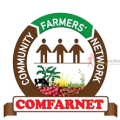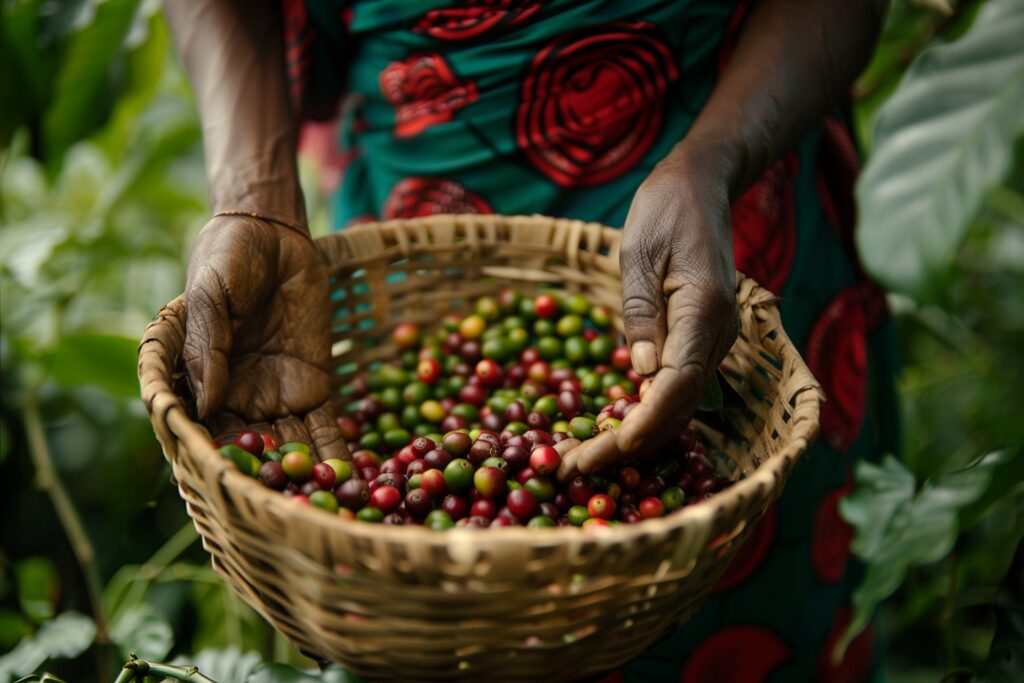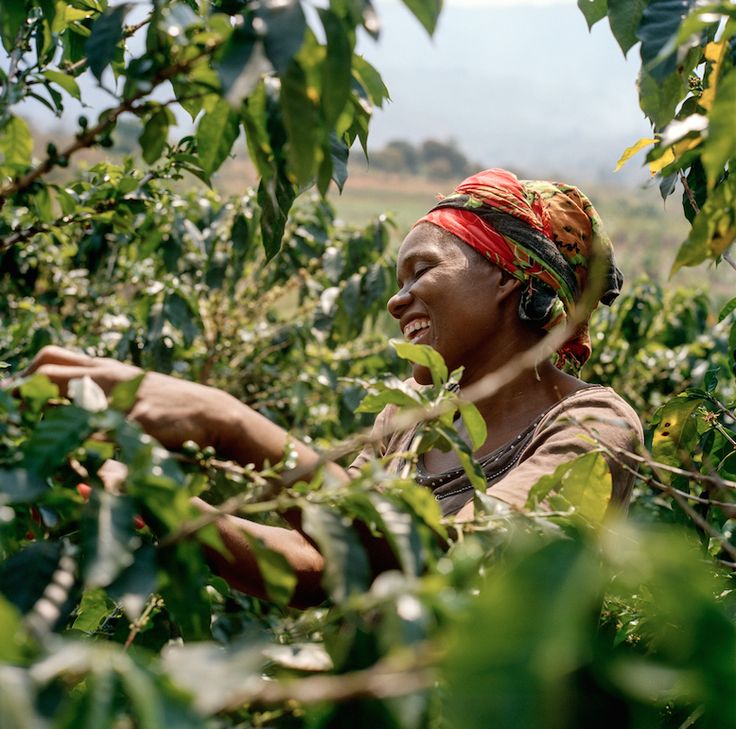+ 256 (0) 7724 55653 | info@comfarnet.org
About Us
Farmers
Farms
Produce
Engages
Historical Background
In the verdant landscapes of our childhood, coffee was more than a crop; it was a way of life. Every household, including ours, was a small universe revolving around the cultivation of this precious bean. Our parents owned plantations, and we, as children, shared the responsibility of nurturing the coffee plants. We weeded, harvested, dried, and rode the beans to the coffee factory. Our lives were intertwined with the lifecycle of the coffee plant, and our sustenance was derived from its fruit. This early immersion in coffee farming instilled in us a deep-seated appreciation for coffee as a cash crop and kindled a lifelong passion for it. However, as the decades rolled by, the global coffee market burgeoned, but paradoxically, the number of households engaged in the coffee value chain dwindled significantly. This disconcerting trend sparked the idea of COMFARNET, a venture aimed at reigniting interest in coffee production among impoverished smallholder households and steering the addition of value for domestic consumption and export. COMFARNET soon became a beacon of hope for about 100,000 smallholders who banded together to produce high-quality coffee, aggregate their produce, and jointly access niche markets. Our value addition arm expanded to include various coffee beverage selling points in Kampala, which also serve as outlets for our roasted beans and ground coffee domestically. Today, COMFARNET stands as a testament to our love for coffee and our commitment to empowering smallholder households. We are proud to be a part of this journey, and we look forward to brewing more success stories in the future.
|
THE COMMUNITY TRANSFORMATION MODEL
1. Produce Coffee Profitability and Sustainability
The Community Transformation Model focuses on enhancing the profitability and sustainability of coffee farming by promoting best practices, improving market access, and ensuring long-term viability. This approach helps farmers generate stable incomes and protect their livelihoods against market and environmental challenges.
2. Ensure All Year Round Income Integrated with Other Enterprises
To combat the seasonal nature of coffee farming, the model encourages integrating other income-generating activities, such as agroforestry or livestock farming. This diversification ensures a steady income throughout the year, reducing financial risks and enhancing the resilience of farming communities.
3. Support Tenant Families in Achieving Stable and Improved Income
The model offers tailored support to tenant families, providing access to credit, training, and better negotiation tools with landowners. This helps tenant farmers increase productivity and income, improving their standard of living and enabling long-term investments.
4. Mobilize Families into Production Income
By engaging entire families in productive activities, the model boosts overall household income and fosters cooperation. Involving women and youth in particular enhances productivity and promotes gender equality, leading to more resilient communities.
5. Inspire Innovation and Entrepreneurship
The model encourages farmers to adopt new technologies, explore value-added opportunities, and embrace an entrepreneurial mindset. This fosters innovation, increases competitiveness, and opens new revenue streams, transforming farming communities into dynamic economic hubs.
6. Improve Coffee Quality and Quantity
Improving coffee quality and quantity is central to the model’s success. By training farmers in best practices and emphasizing quality control, the model helps farmers produce higher yields and access premium markets, leading to greater profitability and community prosperity.
What does CTM address?
1. Focus on Declining Interest in the Coffee Business
The Community Transformation Model (CTM) addresses the waning interest in coffee farming by revitalizing the industry through education, incentives, and support for farmers. By making coffee farming more profitable and appealing, the CTM aims to attract and retain farmers in the business.
2. Poor Soil Fertility & Pest and Disease Management
CTM tackles the challenges of poor soil fertility and ineffective pest and disease management by providing farmers with training and resources for soil improvement and integrated pest management. This leads to healthier crops and more sustainable farming practices.
3. Poor Agricultural Practices & Low Yield per Tree
To combat low yields, CTM promotes the adoption of improved agricultural practices. By training farmers in modern techniques and offering support for their implementation, the model helps increase the productivity of each coffee tree, boosting overall farm output.
4. Poor Post-Harvest Handling Practices Affecting Quality
CTM addresses quality issues by improving post-harvest handling practices. It provides guidance on proper processing, drying, and storage methods to preserve coffee quality, enabling farmers to access higher-paying markets that demand premium products.
5. Innovation and Value Addition
The model encourages innovation and value addition by supporting farmers in exploring new technologies and processing methods. This includes developing new coffee products and improving existing ones, which can increase profitability and open up new market opportunities.
6. Knowledge Management and Sharing
CTM emphasizes the importance of knowledge management and sharing among farmers. By facilitating access to information, training, and peer networks, the model ensures that best practices are widely adopted, leading to overall improvements in the coffee sector.
7. Aggregating Volumes and Accessing Better-Paying Markets
By aggregating coffee volumes from multiple farmers, CTM enables access to better-paying markets. This collective approach strengthens bargaining power and reduces costs, allowing farmers to secure more favorable prices for their products.
8. Increased Domestic Coffee Consumption
CTM also focuses on boosting domestic coffee consumption. By promoting the benefits of locally produced coffee and encouraging its consumption within the country, the model aims to create a stronger internal market, providing additional revenue streams for farmers.









